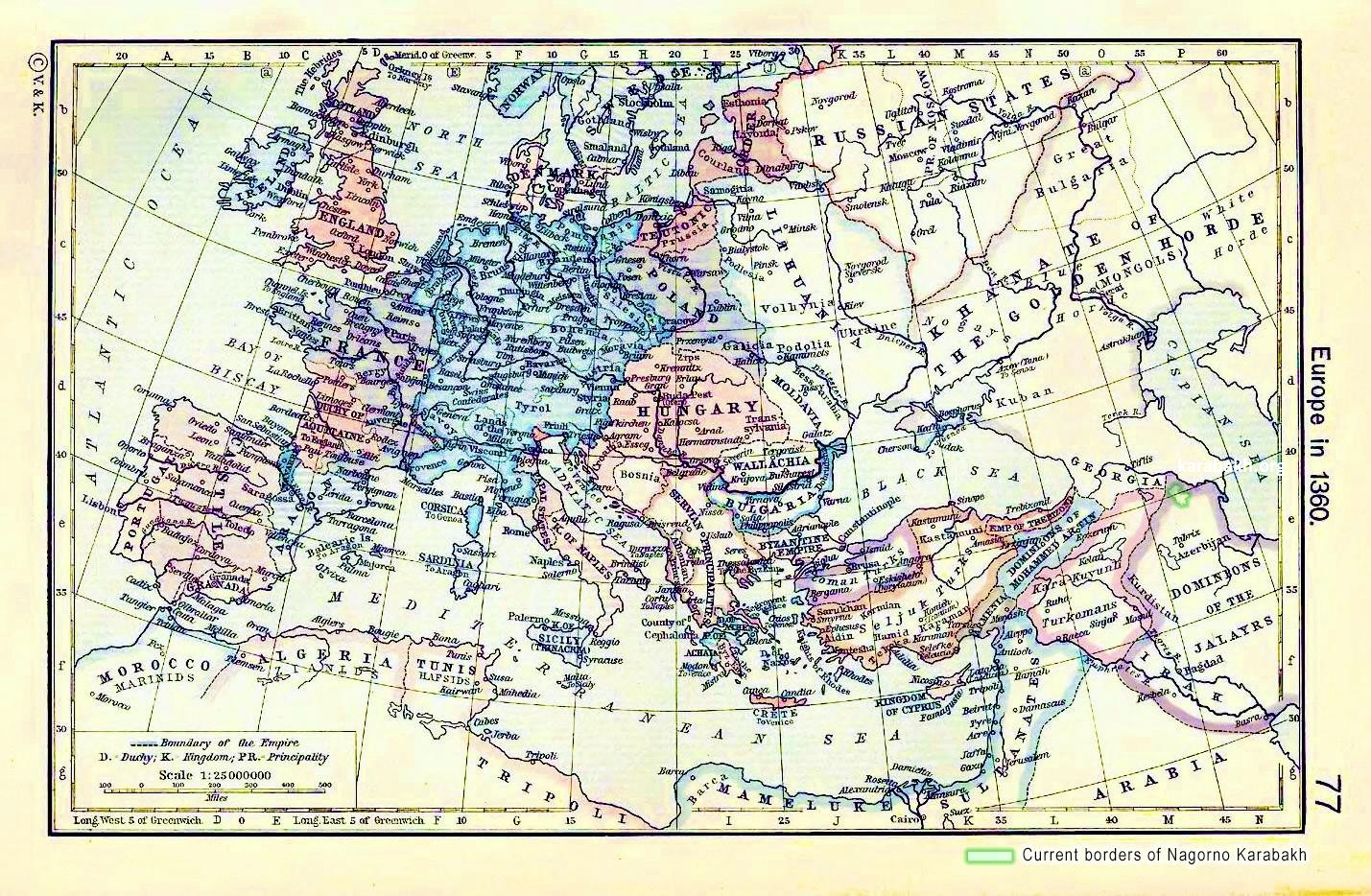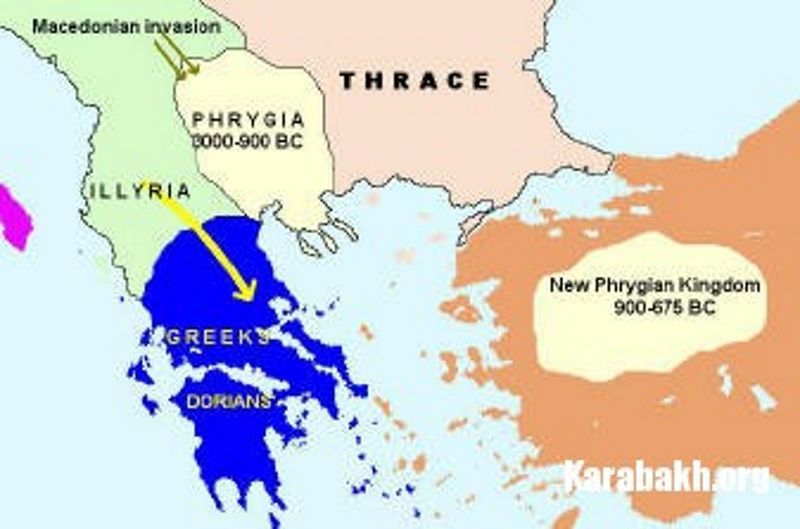For many years, Armenian and certain Russian historians sought to find a “Karabakh” link in Stalin’s arrival from Nalchik in Tiflis in July 1921, but clearly the real goal of this trip was to remove Filipp Makharadze from a position of power in Georgia and to install Budu Mdivani, someone more closely linked with Moscow, in his place. And even in November of the same year, G. Ordzhonikidze raised the question about distancing F. Makharadze not only from Georgia, but from the Caucasus as a whole. On November 2, 1921, he wrote to Lenin and Stalin that “Filipp absolutely must be immediately taken from the Caucasus.”
In the middle of August 1921 in a conversation over the direct line with G. Ordzhonikidze, A. Myasnikov noted that a sufficiently loyal attitude about the Karabakh question had been established in Armenia. [7] On July 19, 1921, the Presidium of the Central Executive Committee of Azerbaijan discussed the decision of the Caucasus Bureau of the Central Committee of the RKP(b) of July 5 and more generally the results of N. Narimanov’s trip to Tiflis. Concerning the report of N. Narimanov, the following statement was recorded: “Nagorno-Karabakh remains an inalienable part of Soviet Azerbaijan with the right of internal self-administration within the limits of the Soviet Constitution with an oblast Executive Committee at its head.” [8]
N. Narimanov also made a report on the establishment of the external borders between Azerbaijan and the other republics of the South Caucasus. He reported that Nagorno-Karabakh was to remain an inalienable part of Soviet Azerbaijan within the framework of the Soviet constitution with the right of internal self-administration. Following this meeting of the Central Executive Committee of Azerbaijan, a joint session of the Politburo and Orgburo of the Central Committee of the Azerbaijan Communist Party was held. The session heard A. Karayev’s report about Karabakh and adopted a decision to establish a commission consisting of representatives of the commissars of internal affairs, justice and foreign affairs to work on the preparation of the constitution of the autonomous oblast. [9]
Starting on the very first days of August, a special campaign was launched in Azerbaijan to explain the July 5 decision of the Caucasus Bureau of the RKP(b). On August 1, 1921, an extraordinary congress of Soviets of the second section of the Shusha district was held in the village of Kendkhurt at which Levon Mirzoyan, the representative of the Sovnarkom was invited to make a presentation. In his speech, Mirzoyan showed that Karabakh from an economic, spiritual and political, as well as from a national point of view, was closely connected with Baku, the center of Azerbaijan. L. Mirzoyan stressed the rightfulness of the decision of the Caucasus Bureau of the Central Committee of the RKP(b) concerning the establishment in the mountainous part of Karabakh of a special administrative unit immediately subordinate to Baku. [10] He promised that once there was an autonomy, all problems would be resolved. Following his return from this trip, L. Mirzoyan wrote a detailed report, in which he particularly pointed out that his deep conviction was that the Karabakh question had been created and continued to be sustained by party and Soviet leading workers, on one hand, and by nationalistically inclined members of the Armenian intelligentsia, on the other. [11]
Following July 5, the nationalistically inclined Armenians that L. Mirzoyan’s report mentioned began to disseminate rumors according to which the Armenians had been resettled from Karabakh to Armenia. These rumors reached even the Caucasus Bureau of the Central Committee of the RKP(b). One additional trend was noted: after the election of S. Kirov as the first secretary of the Central Committee of the KP(b) of Azerbaijan, all those who remained dissatisfied with the July 5 decision of the Caucasus Bureau of the RKP(b) now realized their destructive actions against Azerbaijan through his medium. Yuri Petrovich (Yakov Isakovich) Figatner, the secretary of the Caucasus Bureau of the Central Committee of the RKP(b), for example, wrote to S. Kirov in August 1921 that after the July 5 decision of the Caucasus Bureau of the Central Committee of the RKP(b), supposedly “many Armenian villages from Nagorno-Karabakh began to be resettled in Armenia.” [12]
Having received this news, S. Kirov immediately sent a query to A. Karayev and L. Mirzoyan who were in Karabakh at that time. Their response testified to just the reverse: not the Armenians, but the Muslims were being resettled from Nagorno-Karabakh to various other places in the first months of the Sovietization of Azerbaijan.





